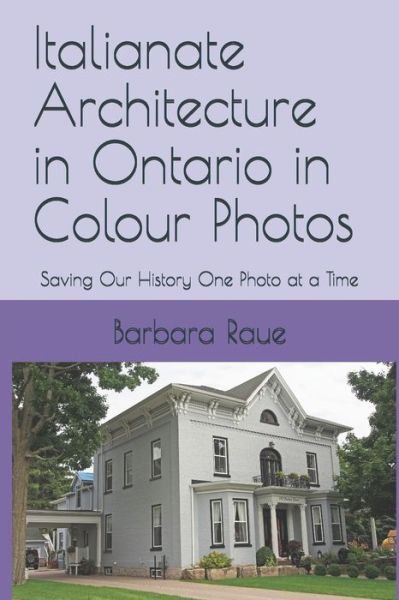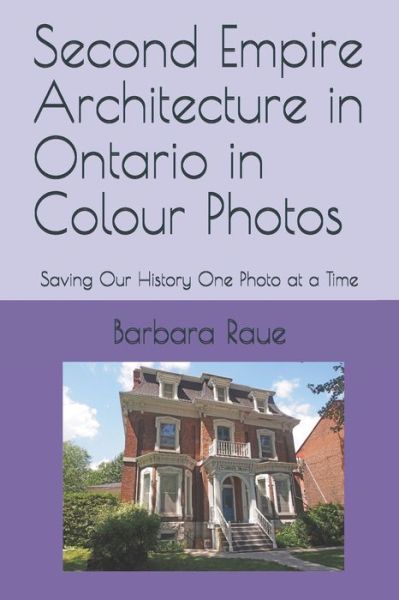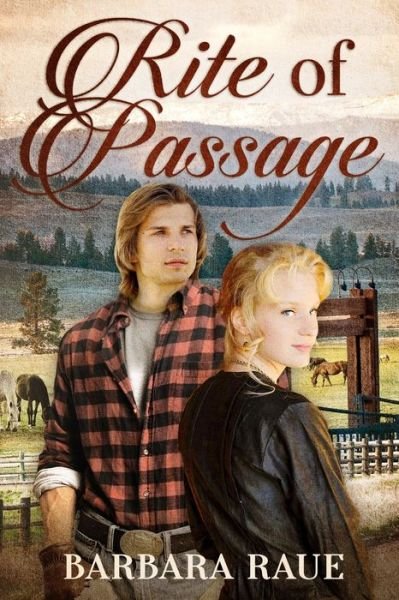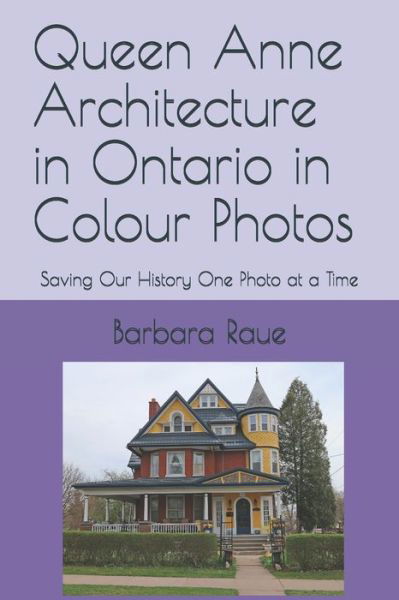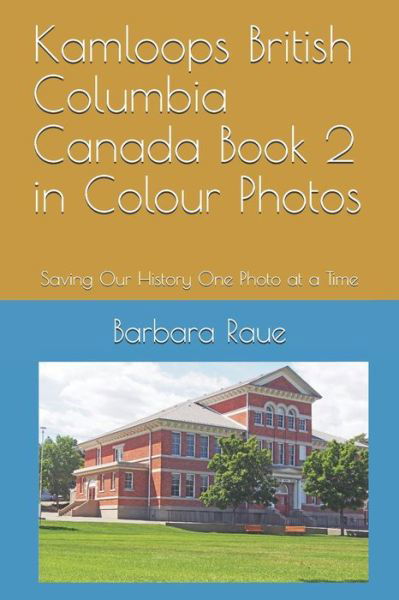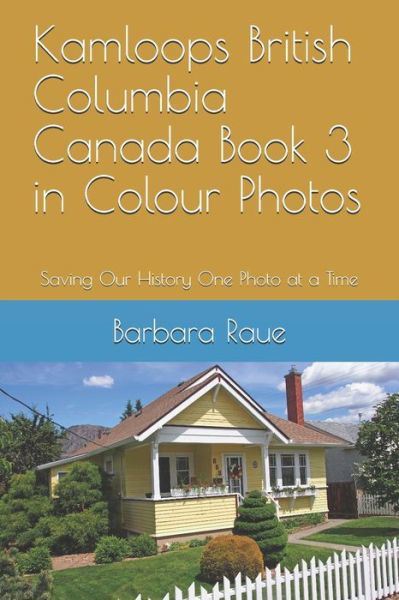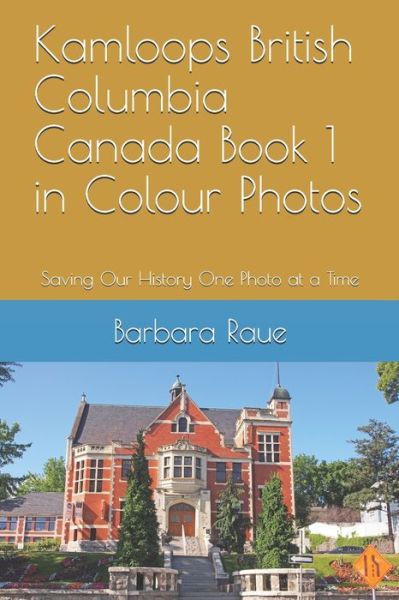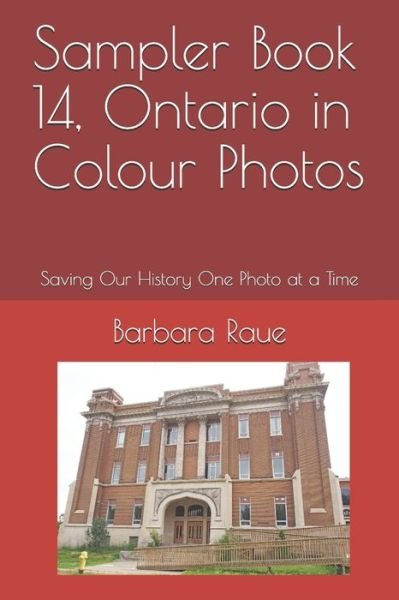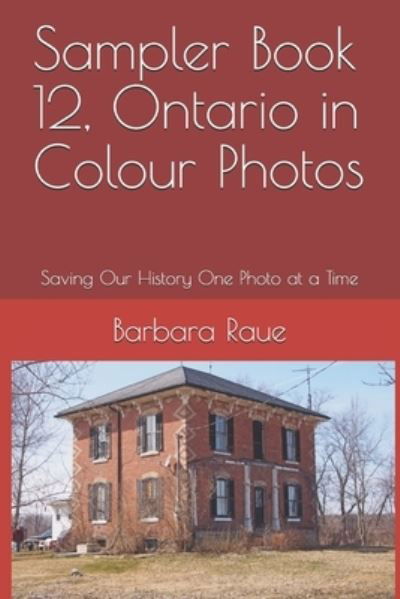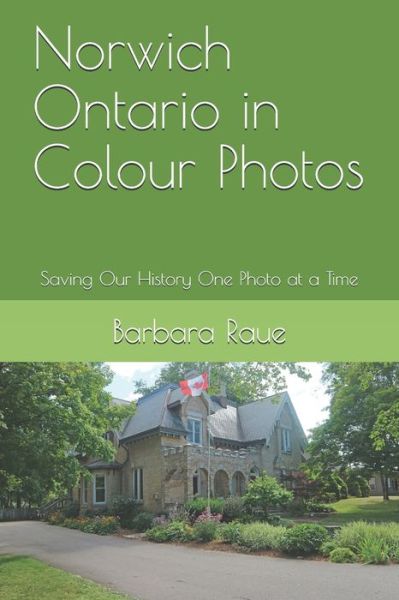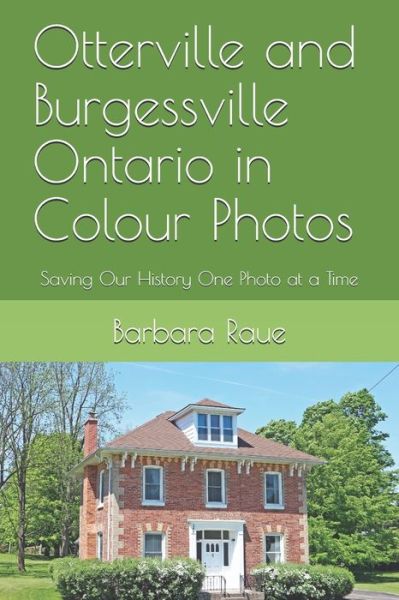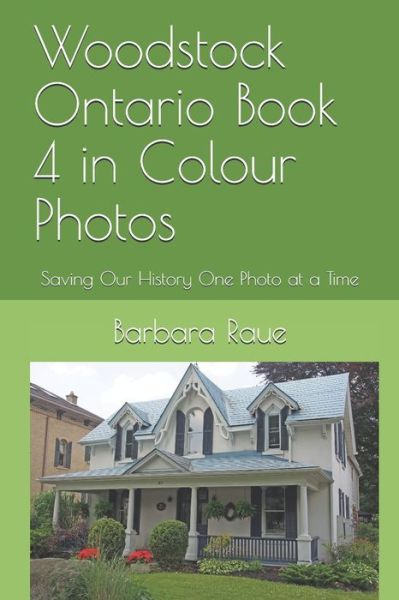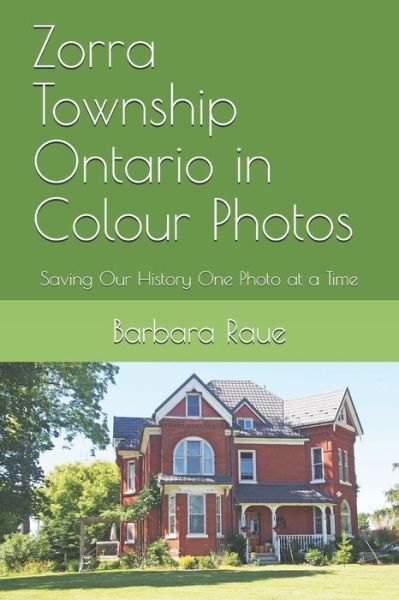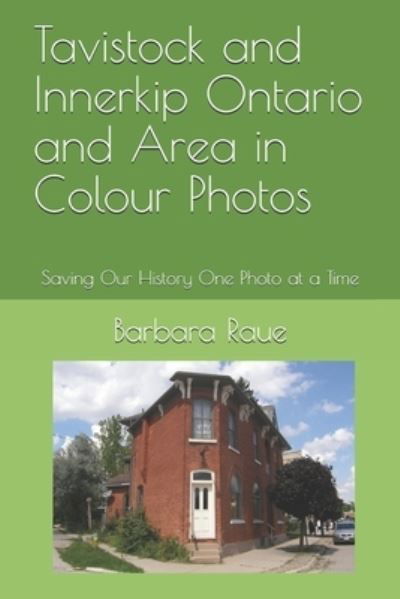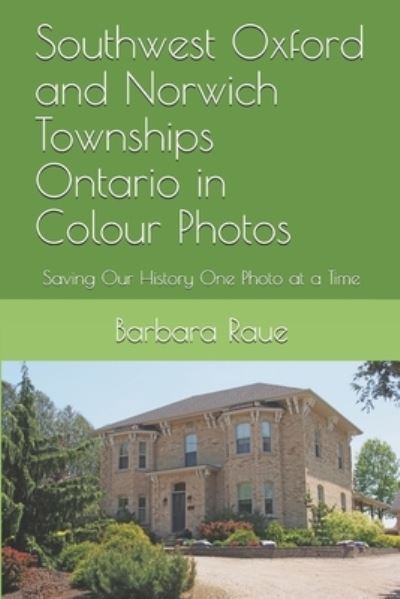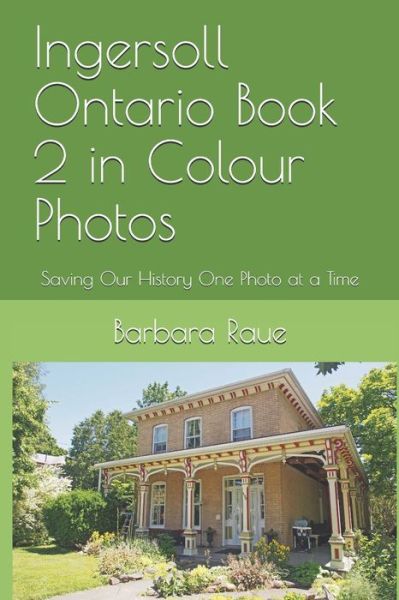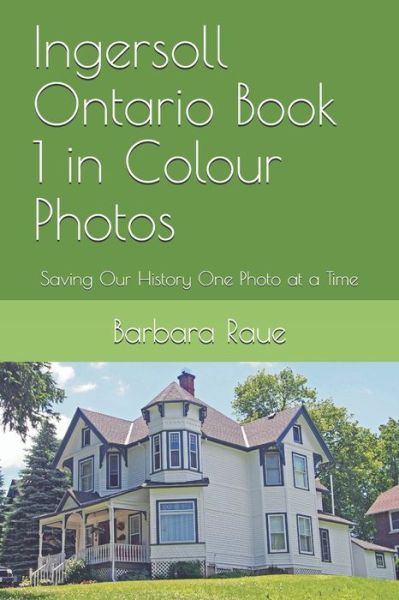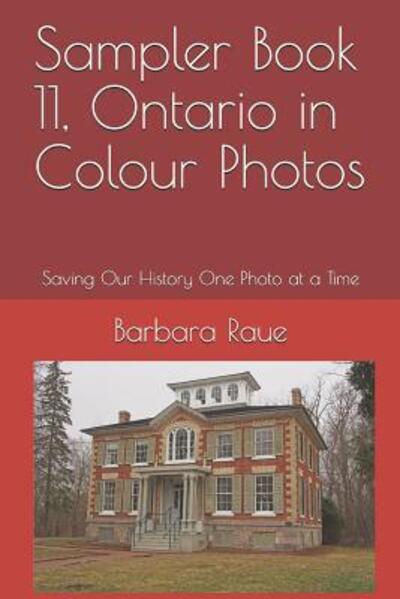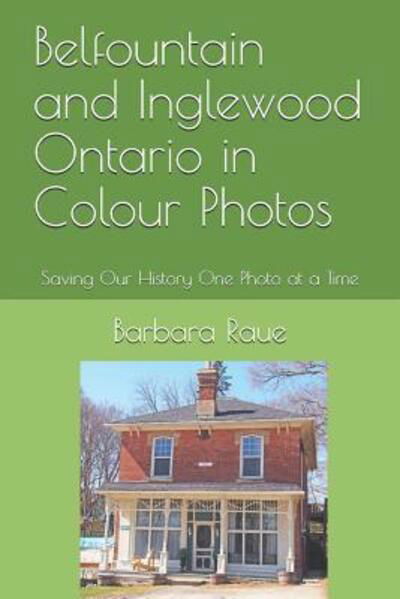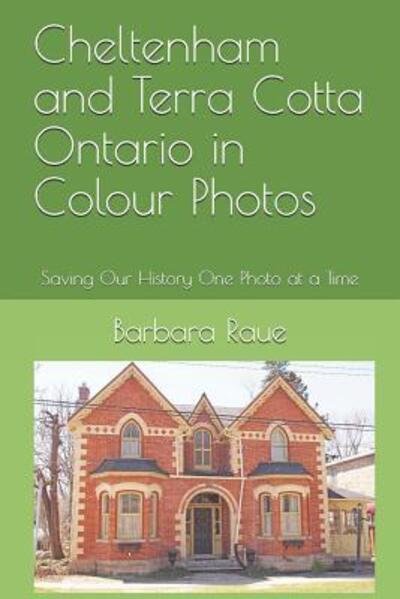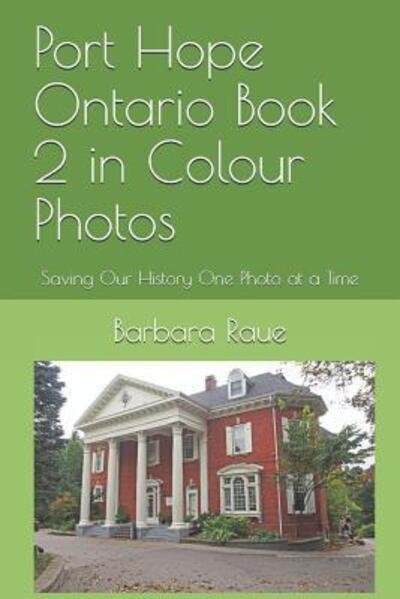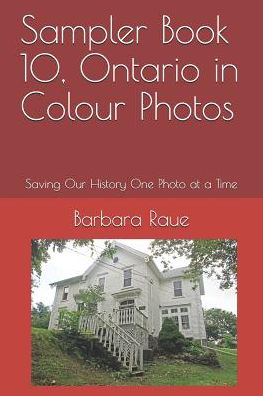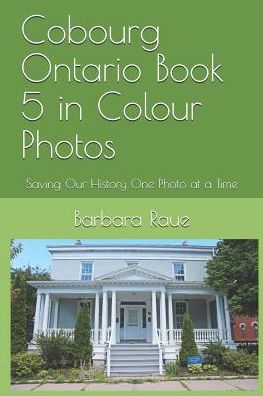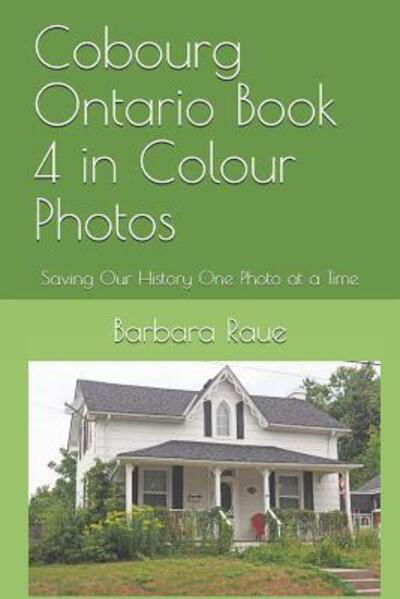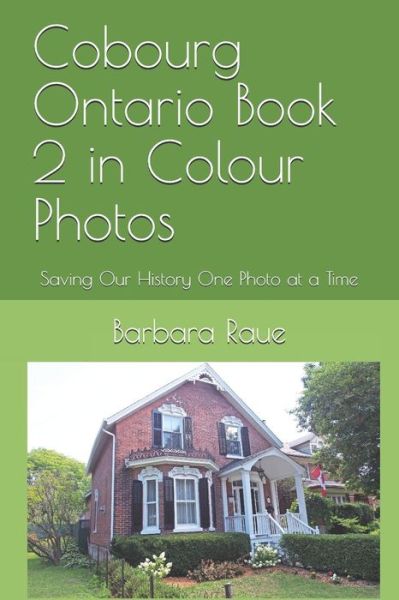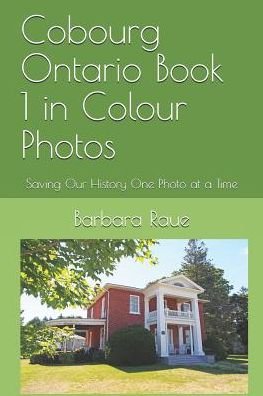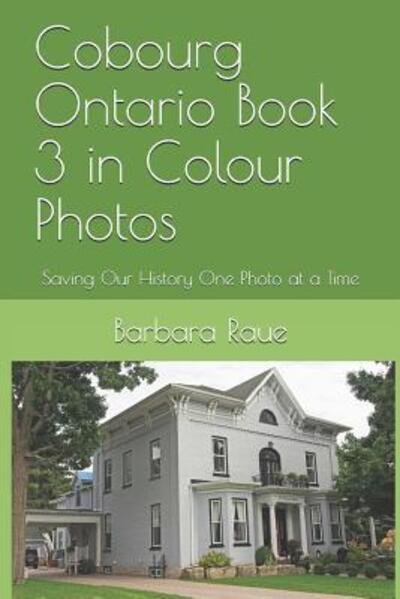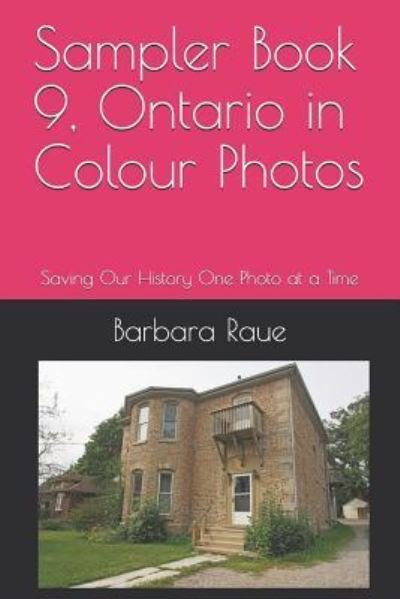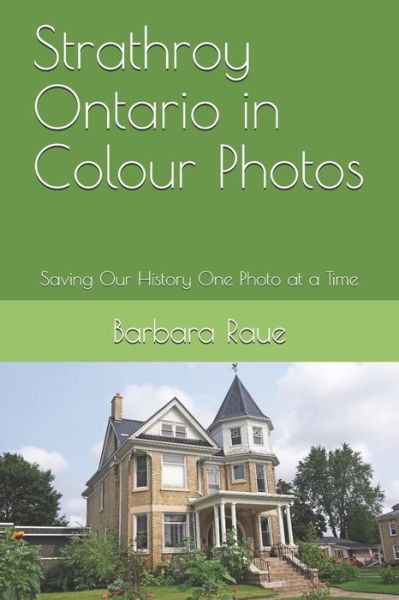
Freunden von diesem Artikel berichten:
Strathroy Ontario in Colour Photos
Barbara Raue
Bestellware
Strathroy Ontario in Colour Photos
Barbara Raue
Strathroy-Caradoc is located west of the City of London. After the War of 1812, the British government encouraged thousands of people from Britain to come to Southwestern Ontario. There were three main reasons for this:1. The British were afraid that Americans would invade through the Sydenham River area again as they had at Baldoon. If there were settlements in the area, the settlers could warn the British and fight against the Americans.2. In England, the end of the war meant that many soldiers were out of work. They were starving and homeless. In Ireland, landlords had mismanaged the lands, which led to the Potato Famine. Since potatoes were the main source of income and food, thousands of Irish were starving. In Scotland, landlords chose to graze sheep in the Highlands, and they forced the Scottish Highlanders to leave. In an effort to help these people, the British government began to give away land in Upper Canada.3. Soldiers of the War of 1812 and the war with France expected land rewards from the King of England; there was no land left in Britain to give them. Land in Upper Canada was given away instead. Land along the Sydenham River was sparsely settled, the land was fertile and flat which made it easier to clear. The river gave settlers fresh water, and power for their water mills. It could also be used as a highway to move goods to Detroit, where they could be sold. A new road had been built between London and Goderich, which made it easier to get to the Sydenham River by land. When the government gave away land, there were often conditions the new owner had to live up to, including building roads, mills, and armies, but often, it meant inviting immigrants from Britain to live on their land. For example, a settler might receive 20 000 acres of land, but would be forced to give away 5,000 to other settlers. They would be expected to organize how the immigrants would get to the new settlement, what they would do when they arrived (such as raise sheep, beef or cotton), and help them settle in by building churches and schools. This is how settlements and villages were created along the Sydenham river. In 1830 James Buchanan, the British Consul at New York City, acquired a tract of 1,200 acres of unsettled land in Adelaide Township. His son, John Stewart, settled there and built a sawmill and gristmill on the Sydenham River. These pioneer industries formed the nucleus of a settlement which was named Strathroy means "Red Valley" in Gaelic, and is named after James Buchanan's birthplace in County Tyrone, Ireland. The construction of a branch line of the Great Western Railway through Strathroy in 1856 stimulated the growth of the community. The line was eventually connected to Michigan at Windsor, providing the farmers of Strathroy with an extra market for their produce.
| Medien | Bücher Taschenbuch (Buch mit Softcover und geklebtem Rücken) |
| Erscheinungsdatum | 10. September 2019 |
| ISBN13 | 9781692278212 |
| Verlag | Independently Published |
| Seitenanzahl | 62 |
| Maße | 152 × 229 × 4 mm · 127 g |
| Sprache | Englisch |
Weitere Titel von Barbara Raue
Alle Titel von Barbara Raue ansehen ( u. a. Taschenbuch )


